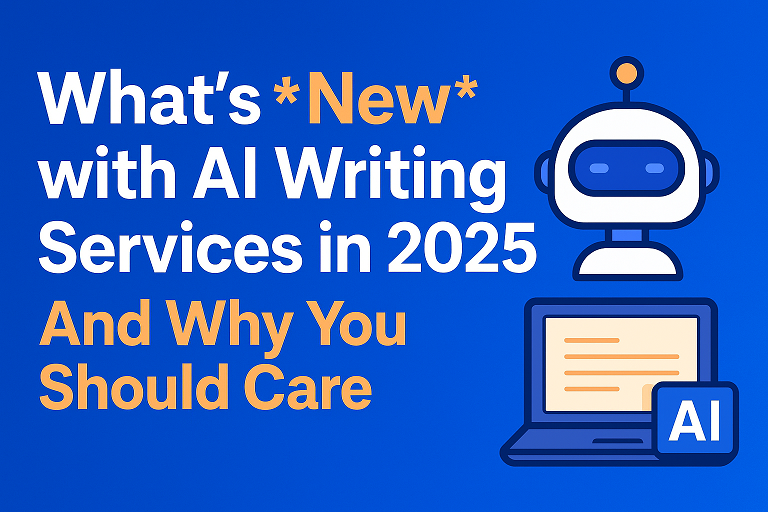Latest Advances in AI for Cybersecurity: Trends, Innovations, and Threats
The rapidly evolving role of artificial intelligence (AI) in cybersecurity has become a key focus for 2024, introducing new capabilities but also new risks. The integration of large language models (LLMs) and generative AI is changing how organizations handle cyber threats, while simultaneously introducing novel security challenges. Here’s a look at some of the most significant AI-driven advancements and threats shaping the cybersecurity landscape.
1. AI-Powered Threat Detection and Response
AI has proven invaluable in detecting and managing cyber threats at scale. For example, AI-driven tools like LLMs are now central to Security Operations Centers (SOCs), where they assist analysts in deciphering complex alerts, processing data faster, and automating responses. LLMs help reduce the response time to incidents by identifying patterns across different threat sources and quickly correlating data from varied security tools. These models enable more informed decisions and can even provide reasoning for their analyses, a major step toward explainable AI in cybersecurity.
A critical development here is the use of LLMs for natural language commands that automate SOC tasks, significantly reducing the workload for cybersecurity teams and improving response times. With AI, many cybersecurity operations can now be conducted without specialized technical expertise, allowing organizations to address talent shortages in cybersecurity by simplifying processes for general staff.
2. Countering AI-Based Threats: The Rise of Generative AI in Cyber Attacks
Generative AI has not only empowered defenders but also attackers. Cybercriminals are using AI to craft highly targeted phishing emails, deepfake videos, and other sophisticated social engineering schemes that exploit psychological weaknesses. Generative AI tools enable threat actors to scale attacks with realistic simulations of trusted individuals or organizations, which can easily trick users into divulging sensitive information or downloading malware. This trend is particularly concerning for companies that handle sensitive customer data, as AI-enabled attacks can bypass traditional detection measures by appearing legitimate.
In response, organizations are prioritizing the development of AI models that can quickly identify and counter AI-generated attacks. These defensive AI models analyze language patterns, behavioral anomalies, and other cues that signal generative AI manipulation. Additionally, new protocols are emerging to detect AI-driven malware designed for complex cloud and multicloud environments, which can be exploited through vulnerabilities like misconfigurations and identity issues.
3. The Security of AI Systems Themselves
As AI is embedded more deeply into security infrastructures, protecting these AI systems from tampering has become essential. Adversarial attacks, where bad actors manipulate AI models to misinterpret inputs, pose a substantial risk. AI’s integration into cybersecurity means that attackers could potentially exploit vulnerabilities within the AI models themselves, leading to false negatives or allowing unauthorized access to sensitive information.
Efforts to secure AI systems are focusing on robust model testing, encryption of model data, and implementing fail-safes that halt operations if anomalies are detected. These safety measures are vital for high-stakes environments, especially as nation-states and other advanced attackers invest in AI capabilities to compromise critical infrastructure.
4. Future Directions: Domain-Specific AI and Cloud Security
The move toward cybersecurity-specific AI models in 2024 reflects a growing understanding that generic LLMs aren’t optimal for the field’s unique challenges. Cybersecurity requires models that have deep, domain-specific knowledge to ensure high accuracy and effective response in critical situations. Leaders like Palo Alto Networks and Google Cloud predict that specialized AI systems will become central to cybersecurity, tailored for tasks like endpoint protection, risk assessment, and cloud security.
The multi-cloud and hybrid environments common today add complexity to cybersecurity, requiring AI to manage different security standards, coordinate cross-cloud policies, and monitor for lateral movement of threats. Future AI systems in cybersecurity will focus on providing seamless, unified protection across these diverse environments, identifying risks and automating responses across platforms without compromising efficiency.
In summary, while AI provides powerful new tools for defending against cyber threats, it also introduces complex challenges. As organizations work to secure their AI assets and stay ahead of evolving AI-driven cyber threats, 2024 is likely to be a year of significant advancements—and potential risks—in the field of AI-powered cybersecurity.
For further reading, explore more on these trends in resources like TechRepublic and the World Economic Forum.




